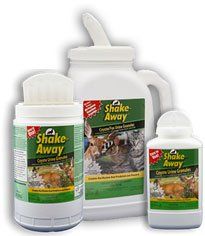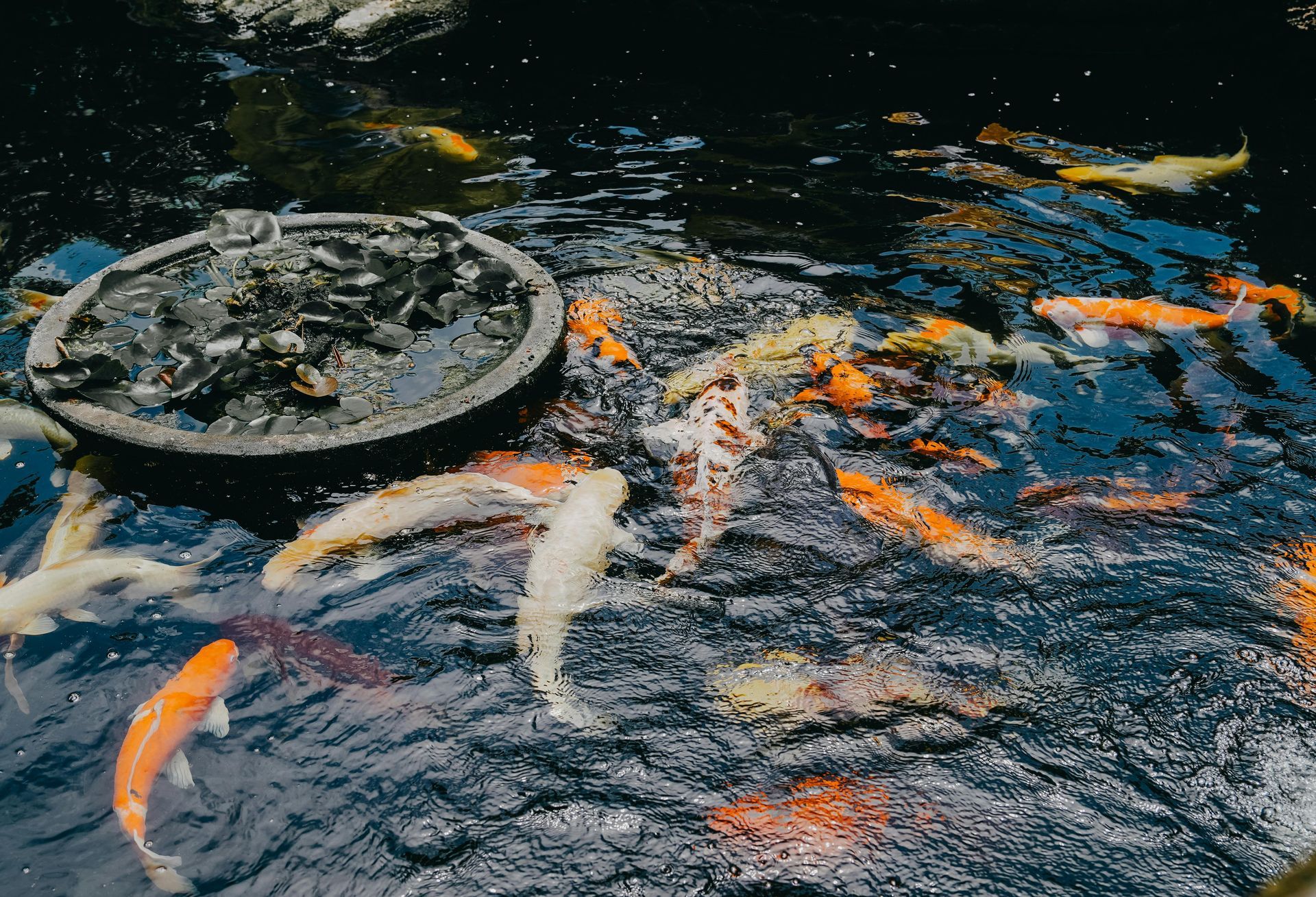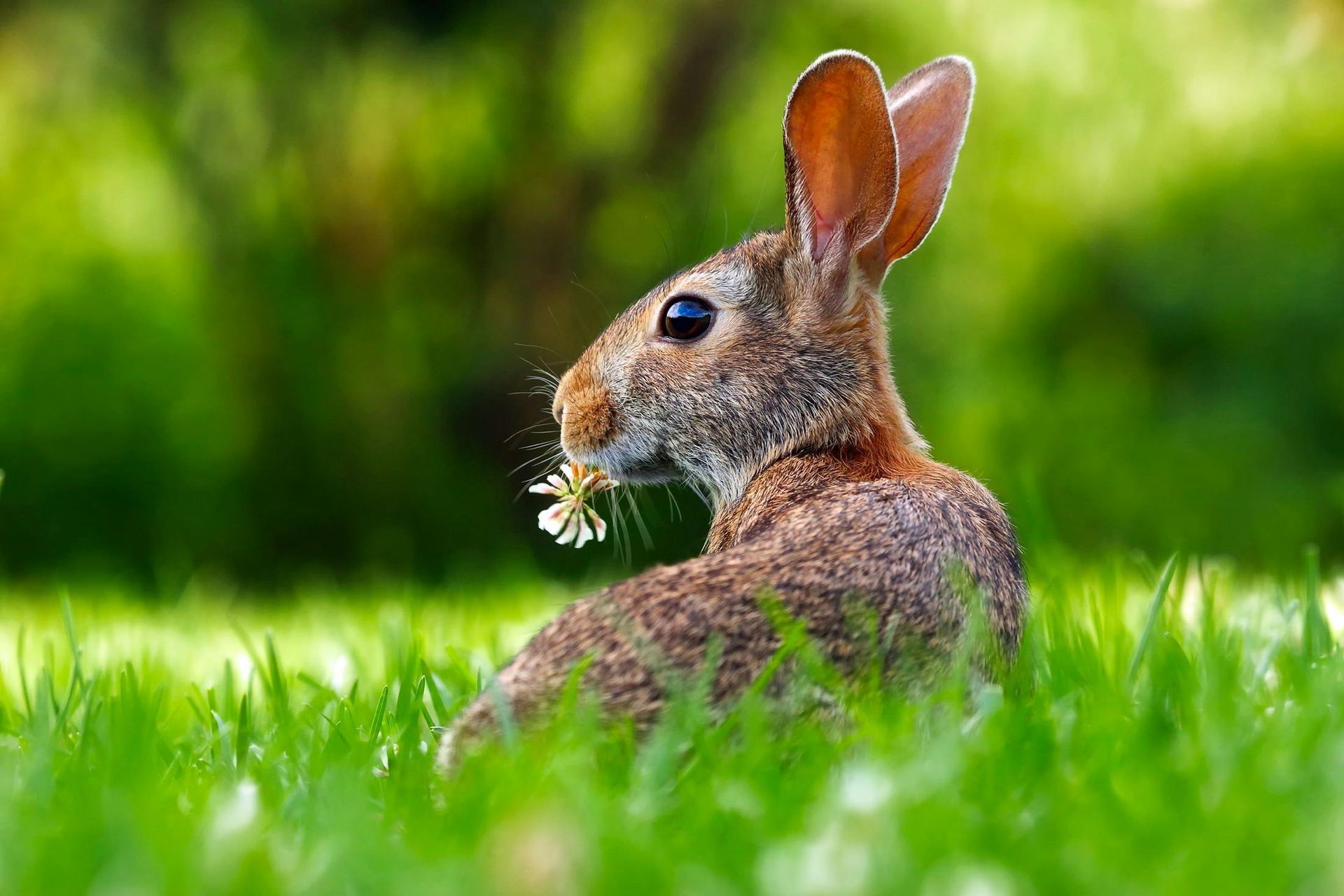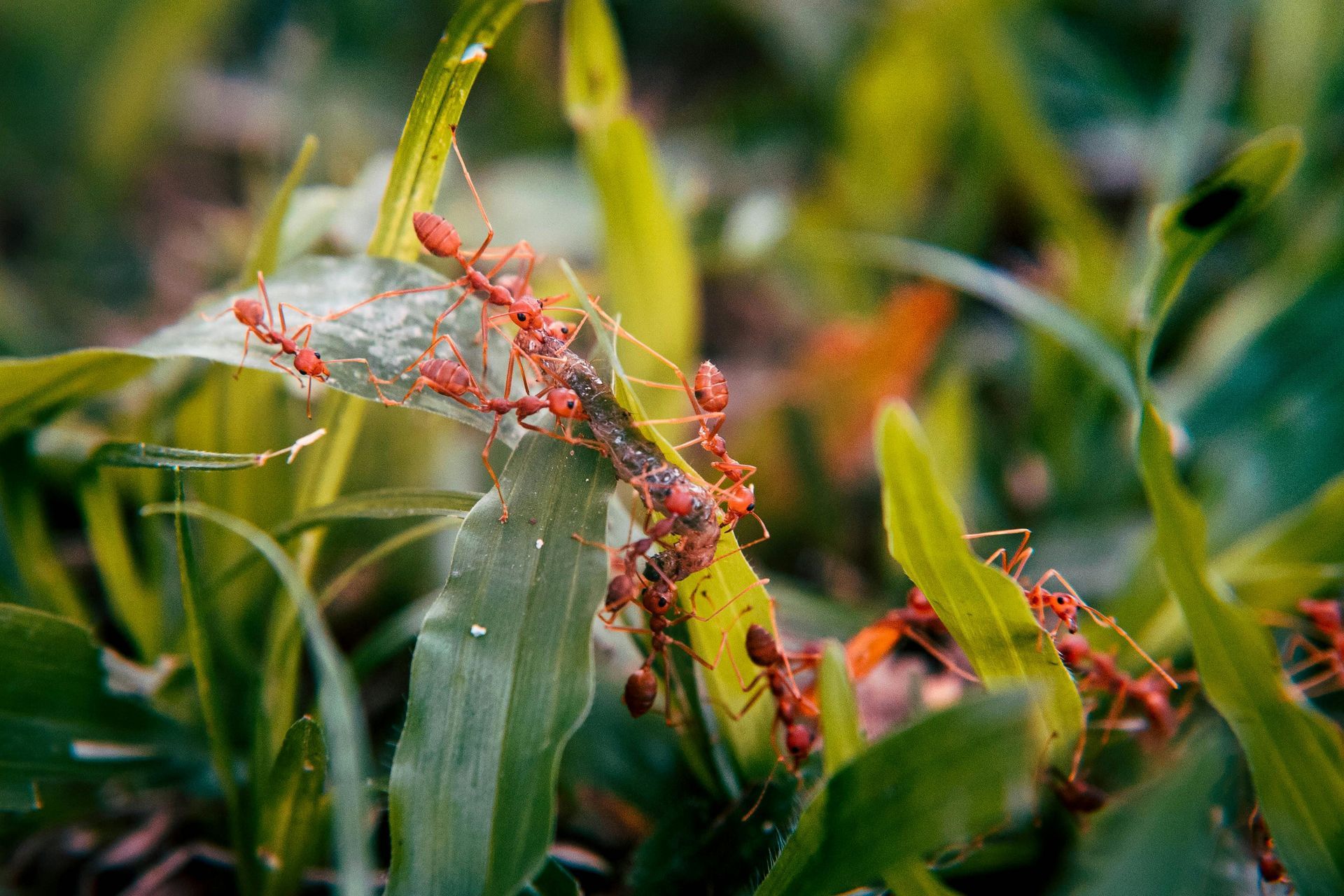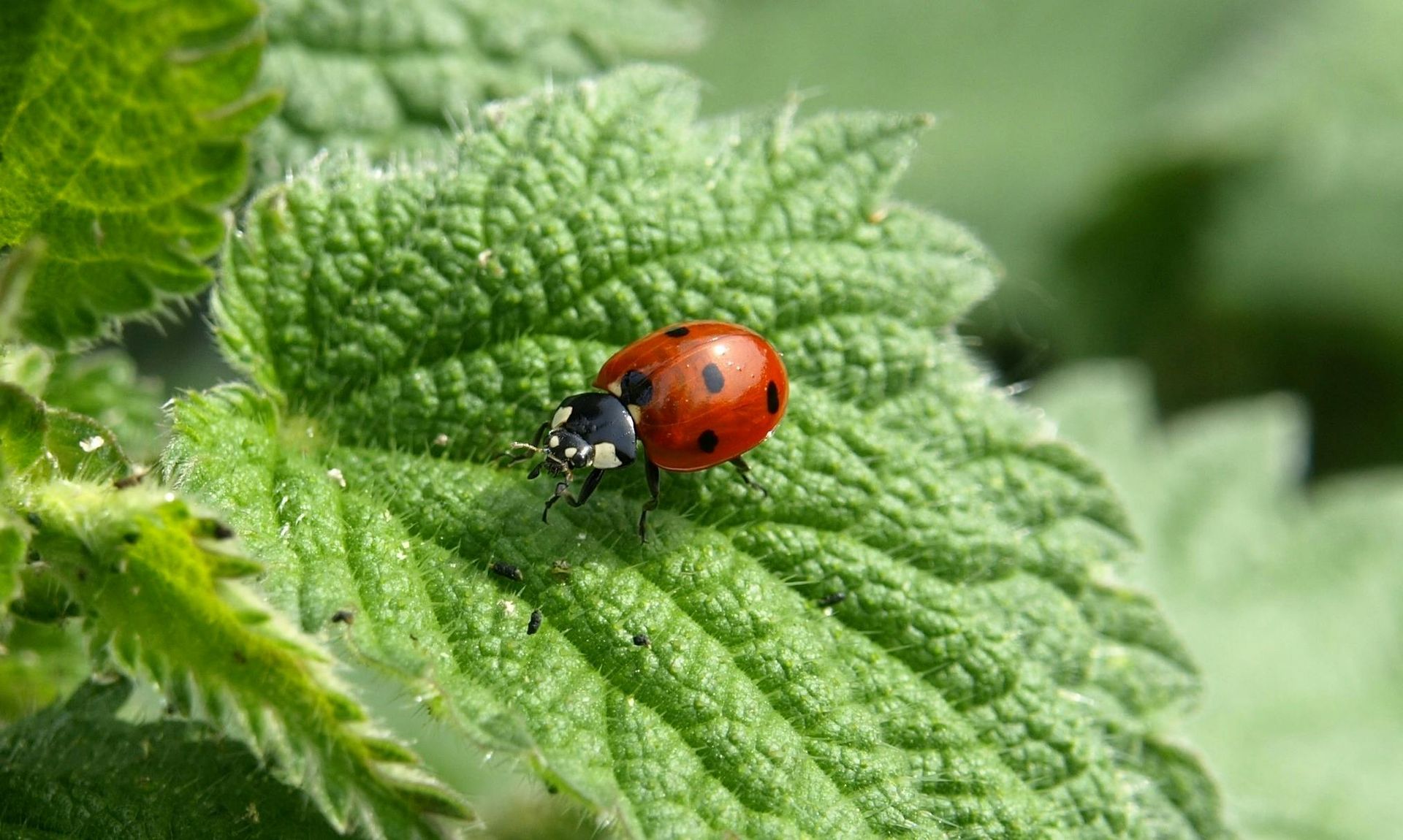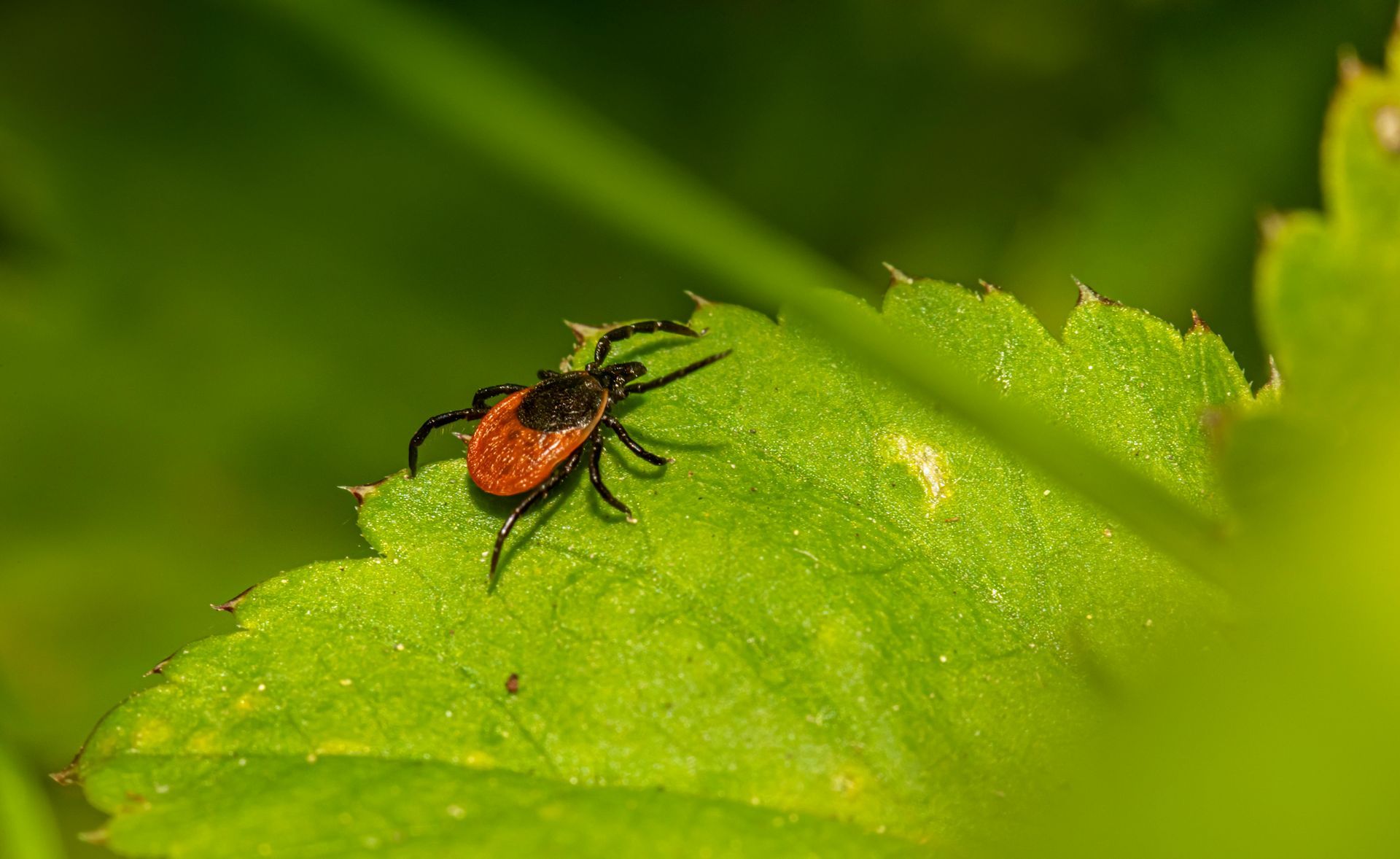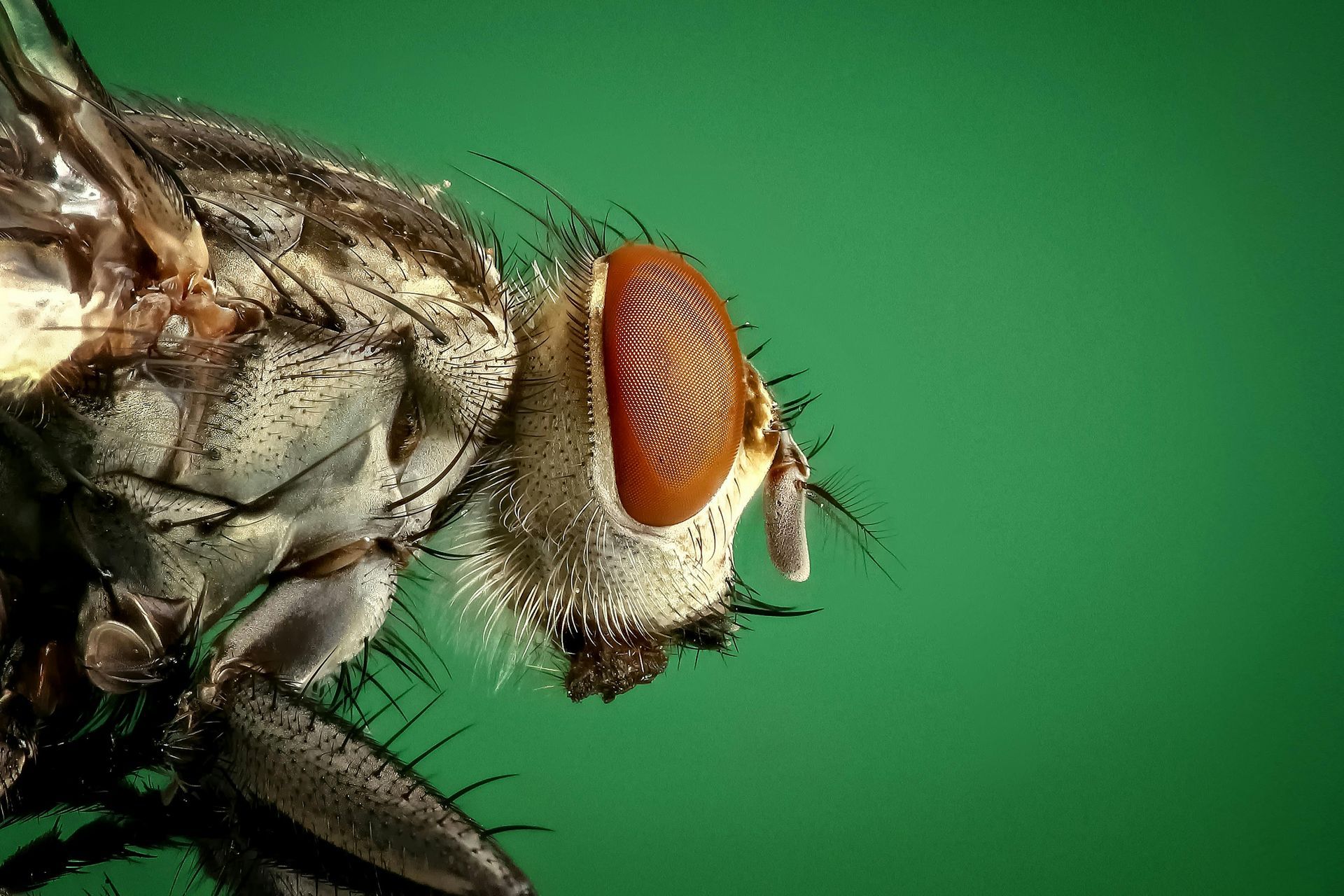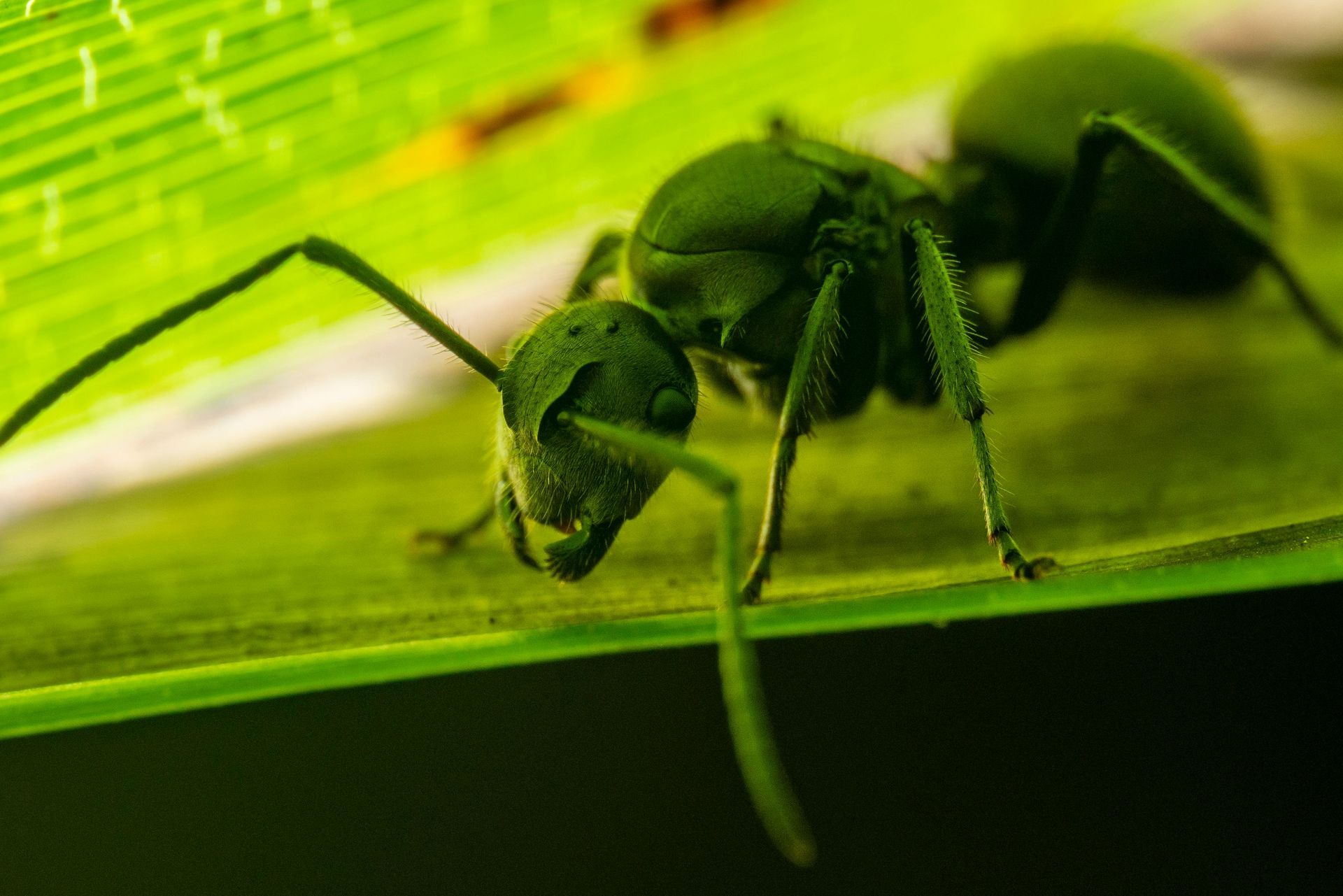You Have Questions. We Have Answers! How Do I Use Shake-Away?
Critter-Repellent.com Staff • December 12, 2018
Facts from Our FAQs
How do I use Shake-Away?
- Use SPARINGLY. Heavy applications do NOT make the product work better.
- Lightly shake a level-tablespoon sized quantity of granules every six (6) feet
HOW TO APPLY:
Apply Shake-Away around the specific area where the animals are doing damage. For example, if an animal is eating your flowers in one area of your gardens, that is the area you want to focus on treating.
Lightly shake a level-tablespoon sized quantity of granules every six (6) feet.directly on or near the areas/plants that need to be protected.
Lightly shake a level-tablespoon sized quantity of granules every six (6) feet.directly on or near the areas/plants that need to be protected.
For areas that are heavily damaged, may want to apply closer together but in the same sized application.
A shake the size of a level-tablespoon will normally provide protection up to a 6' radius (12' diameter)
SPECIFIC APPLICATION DIRECTIONS
Gardens-Flowerbeds:
Shake level-tablespoon sized quantity at least every 6 feet on or around plants, bulbs, bushes, flowers and trees in your garden or flowerbed. Use sparingly.
Burrowing Animals:
Shake level-tablespoon sized quantity into every hole you find in your yard, garden, flowerbeds, along foundations, etc.
Inside and Under Buildings:
Place a tablespoon sized application on a paper plate or directly on the ground. Make one application at least every 10x10 area (100 sq. ft.) where small critters are frequenting.
Shake-Away will last longer in enclosed spaces. Replace every two to start, four weeks for maintenance or as needed. Be sure to "plug" the areas through which the critters are entering after they leave.
"Hard to Get To" Areas: Inside and Under Buildings (Garages and Sheds): Shake-Away works great placed inside old sections of nylon stockings. We call these "Stocking Balls". To utilize this tip:
- Cut up old nylon stockings into about 6 inch sections.
- Tie off one end and place a tablespoon sized portion of granules inside the stocking.
- Tie off the other end.
- Toss these "stocking balls" into/under the areas you are treating.
- Place (toss one "stocking ball" for about every 10 x 10 area (100 sq. ft.)
- Because the product is wrapped in a stocking, you will only need to replace every four to six weeks or as needed. Be sure to "plug" all areas that the critters exit after they leave.
Critter Repellent All Natural Animal Repellent Blog
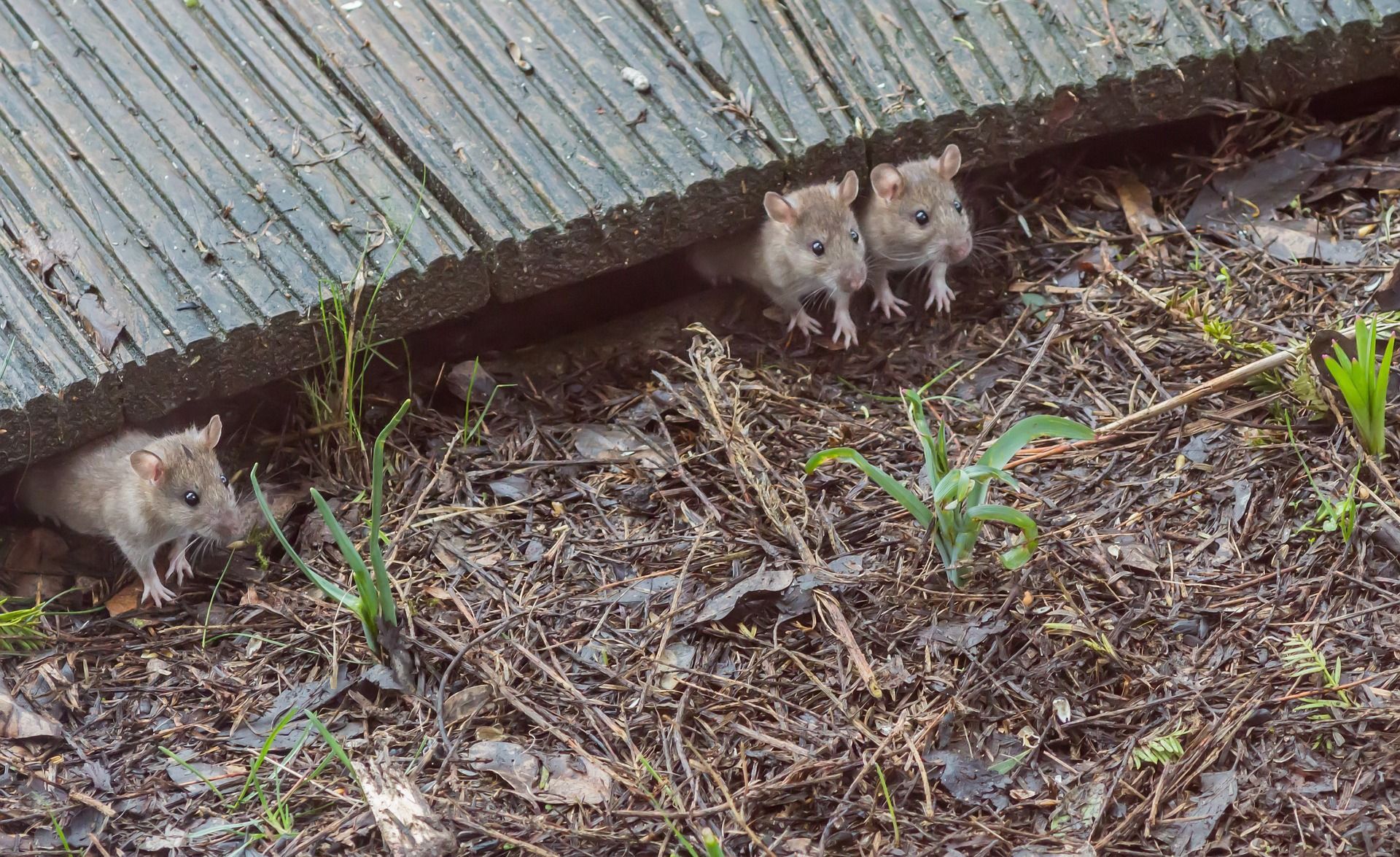
The last thing you want to see running around your house is a mouse. And where there is one, there are more. Whether it’s mice, ants, spiders, squirrels, or any other type of rodent, bird, or insect infestation, ignoring those critters can get very expensive in the long run. When it comes to remediating or protecting your home from infestations, the cost of doing nothing can lead to a big dent in your wallet. Keeping house pests at bay is important, especially if you’re planning to put the home on the sales market. How much does it cost to keep the house and property pest-free? That depends on where you live, what types of services needed, and how often the home is treated. But one thing is for sure, it’s easier (and more cost-effective) to prevent house damage than to fix everything after critters have chewed up wires, plumbing, foundation, and the yard. Potential Structural Damage Squirrels, moles, voles, rats, and mice are part of nature, but the damage that even one of these critters can do to a home can run into thousands of dollars. With sharp teeth that never stop growing, squirrels and rodents must “file down” their chompers so they don’t interfere with eating and drinking. Thus, a squirrel’s chewing habits can damage house support beams, siding, and anything else that holds the structure up. The costs to repair the building depend on the severity of the damage. Birds’ nests and clogged gutters are signs that unwanted critters are in the building’s drainage system. Replacing damaged gutters can cost several thousand dollars—to start. On average, it’ll cost between $1,600 and $5,200 (depending on size, materials, and labor costs). Wiring and Insulation Chewed-up electrical wiring is not only a hassle but it can be very dangerous. Mice, rats, squirrels, and other critters will gnaw through wires, not knowing that they can electrocute themselves but worse — start a house fire. Homeowners won’t necessarily see exposed wires around the house. Examining the house structure and wiring allows owners to know what to budget for. Pests and vermin living in the attic may tear up insulation to use for nesting materials. Depending on the size of the house, insulation costs can be anywhere from $1,600 to $8,000 on average. Termites When it comes to destructive insects, termites are at the top of the list. These icky little bugs chew through wood almost as quickly as a cartoon buzzsaw. And the worst thing? In general, homeowners’ insurance does NOT cover termite damage. Signs of termite infestation and damage include: Chewed up or hollow wood Blisters or buckling in the flooring Discarded termite wings Bubbling paint Strips of mud tubes along crevices Damaged support beams Tapping sounds in the walls The cost of repairing termite damage can range from a few hundred to a few thousand dollars—or more, depending on what part of the house is torn up and what needs to be done. Preventing termites in the yard and hiring a professional exterminator are two ways of keeping these hungry critters away from your home. Pest Entry Points Cracks and crevices are easy access points for mice, insects, wasps, and other pests. Unscreened vents and windows, loose shingles and siding, and chimney gaps are entry points for bugs and mice. Not having trees and shrubs around the perimeter of the house won’t prevent squirrels and mice from coming onto your property, but keeping greenery away from the structure would deter critters from having direct access to it. Perceived Value Whether your house is currently for sale or it’s a plan for the future, having pests and vermin roaming around the property can keep the buyers away. Among the financial considerations, house-hunting taps the emotions of the would-be buyer. No matter what the item is, perceived value is a customer’s view of whether it is worth the money. An infested home has lost its marketing value, especially if a mouse runs across the floor during the negotiating stage. The cost of doing nothing when you should be doing something can lead to a huge repair bill and maybe even a home improvement loan or second mortgage on your house. Ignoring the problems won’t make them go away. If wildlife and insects are damaging your home, do something about it sooner than later.


